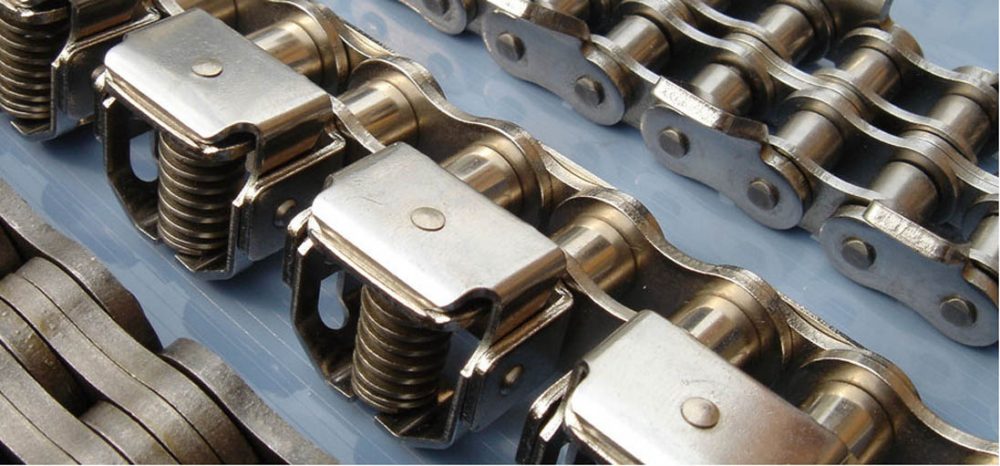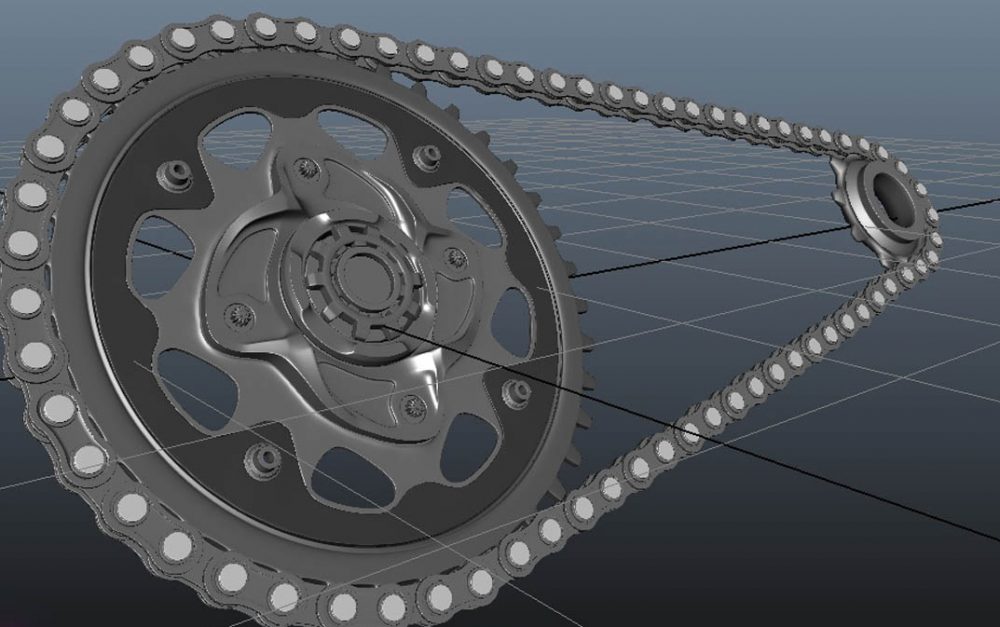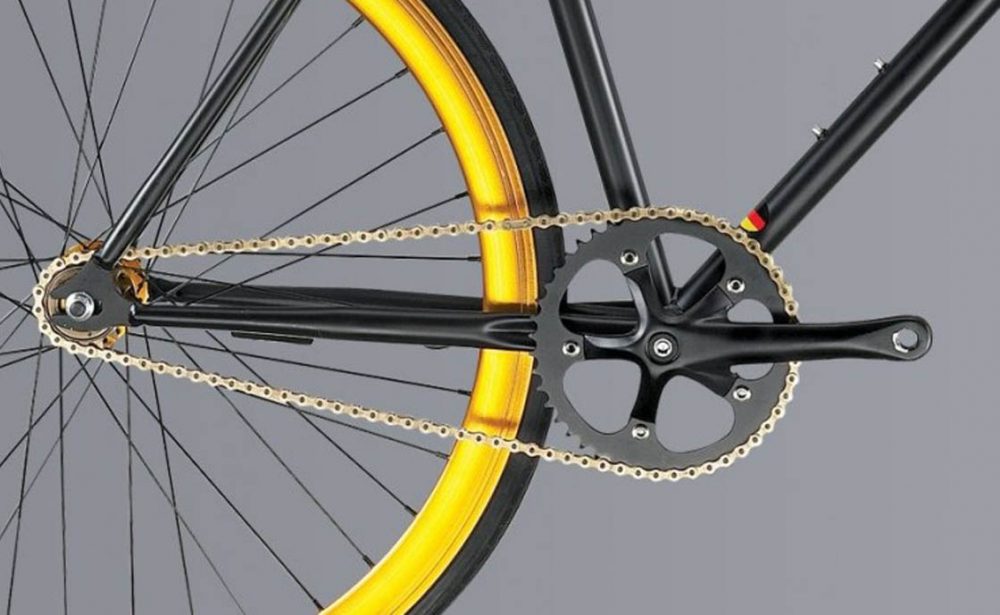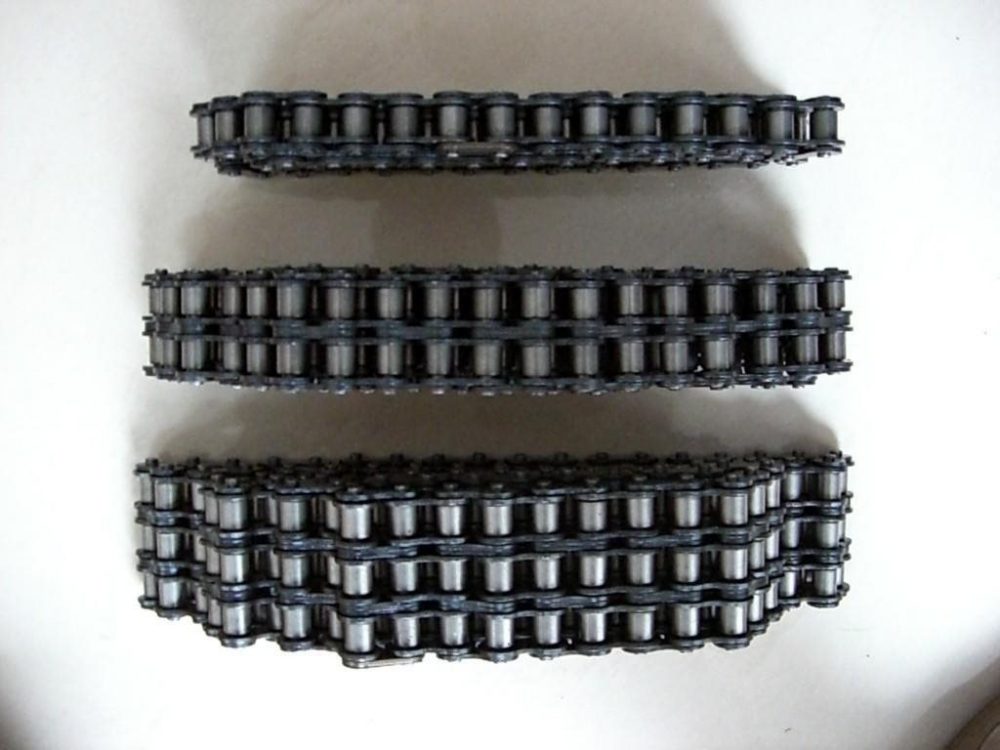Best Bike Chains Buying Guide
 Your chain is a key element of your bike’s transmission, being the essential link that connects the front part of your drivetrain (the pedals, cranks and chainrings/sprocket) to the rear (cassette/sprocket and rear hub). Pedal power is converted into forward motion through the chain, so it is very important to buy a suitable pedal and maintain it. Want to learn more about this important component? Read our best bike chain buying guide, you have come to the right place.
Your chain is a key element of your bike’s transmission, being the essential link that connects the front part of your drivetrain (the pedals, cranks and chainrings/sprocket) to the rear (cassette/sprocket and rear hub). Pedal power is converted into forward motion through the chain, so it is very important to buy a suitable pedal and maintain it. Want to learn more about this important component? Read our best bike chain buying guide, you have come to the right place.
Modern bike chains are appropriately called “roller chains” and consist of short cylindrical rollers connected together by side links. The gap between the rollers meshes with the sprocket or the teeth on the sprocket to drive the transmission during rotation.
Most bike chains are made of alloy steel to increase strength, but some high-performance models may use high-end alloy parts or hollow pins/side plates to reduce weight.
Which bike chain is right for me?
The type of chain you need depends on the type of bicycle you are riding. There are many different chain widths to choose from to suit specific bike types, such as BMX, or to suit different road and mountain bike transmission systems (for example, an 11-speed flywheel requires a different chain than a 9-speed chain-the chain must be thinner To adapt to the narrow space between the sprockets.
No matter what bike you ride, bike chain maintenance is key. The chain will wear and stretch over time, and a worn chain can damage the sprocket or the teeth on the sprocket. It is important to keep the chain clean and lubricated to minimize wear and tear, and to check the chain length regularly to replace it if necessary.

Which mountain bike/road chain is right for me?
When replacing a road or mountain bike chain (for tips on how to maintain the chain, and when to know when to replace a new chain, please refer to the further content of this best bike chain buying guide), you need to obtain a chain that matches the number of gears In your drivetrain.
The number of sprockets on the rear sprocket (9, 10, 11 or even 12) is critical. Since the distance between the sprockets on different “speed” flywheels will vary (for example, the gap on the 9-speed block is wider than on the 11-speed), you need a suitable chain. The chain of the 11-speed transmission is narrower than the chain of the 9-speed transmission, and so on.
Generally, chains and flywheels from different manufacturers are compatible with each other, although Shimano and SRAM chains do not work well with Campagnolo flywheels, and vice versa.
It is also worth noting that some chains (such as Shimano) require special rivets to reconnect once they are separated, and old rivets cannot be used again. SRAM chains use a special “Powerlink” that can be split and reconnected without special chain tools, and they have become a popular choice even in non-SRAM transmissions.
There is a lot of printed and online information about installing new chains, especially to make sure they are the correct length (all new chains are longer than necessary and the links need to be removed). Most home mechanics can easily complete this simple task, but if you have any questions, please let a professional do it for you.

How do I know when I need a new chain?
The service life of all chains is limited. Whenever a link of the chain falls into the groove formed between the flywheel, sprocket or sprocket teeth, the two metal surfaces will rub together. Add the abrasive paste attracted by the gearbox and multiply by the hundreds of times that happens every time you turn the pedal, and you have the secret to wear.
As the chains wear out, they tend to stretch and eventually start to jump over the teeth on the sprocket under load instead of meshing with them as they should.
Once this happens, the chain needs to be replaced (if it is severely worn, it may also need to be replaced with a new flywheel and sprocket). However, you can take action in advance by using a chain measuring device to determine if your chain is starting to wear out-grab it quickly, you only need a new chain.
Another but less accurate method is to measure the length of 12 chain links, which should be exactly 12 inches on a new chain. When the size of the 12 links of the old chain is 12 and 1/8 inches or less, you can only use the new chain. However, beyond that, you will have to buy new tapes and possible sprockets.
The other-again less accurate-method is through visual measurement. Lean the bike against the wall with the drive side facing out, and make sure that your chain is transferred to the smallest rear sprocket and the largest front sprocket. Now, hold the chain with your thumb and index finger at 3 o’clock, and then gently pull it towards you. If the bottom guide wheel of the rear derailleur moves, the chain needs to be replaced with a new one. However, if you can pull the chain far enough to see all or most of the teeth, it is time to replace the cassette with a new one, and possibly a new ring.

There are two types of BMX chains-traditional chains and half chains.
Traditional chains use the same inner link-outer link configuration as other road and mountain bike chains-so basically a link is composed of two “half links”, the inner link and the outer link. These are the most common types of BMX chains on various bikes.
The half-loop chain is made of the same link with thick and thin ends. At the thick end, they are the standard width of the chain (equivalent to the outer link of a traditional chain), and then the link narrows to the thin end, which is the equivalent width of the inner link of a traditional chain. The logic behind the development of half-link chains is that less material needs to be removed in order to shorten them-one half-link instead of two half-links-so more precise adjustments are possible and riders can get their rear wheels. The location is dialed to their liking.
BMX chain size
Most BMX chains—traditional and semi-linked—are standard 1/8 inch wide. Narrower 3/32” chains can be used by light-weight racers, as are heavy-duty 3/16” chains, but for most riders, the standard is ok.
Chains are sold in standard lengths of 96, 98 or 112 links so you will need to use a chain tool to get it the right size for your drivetrain before installation.
If you are interested in our electric bikes, you can leave a message. If you have any query please feel free to contact us. We are looking forward to your arrival.
 Shuangye ebike
Shuangye ebike
